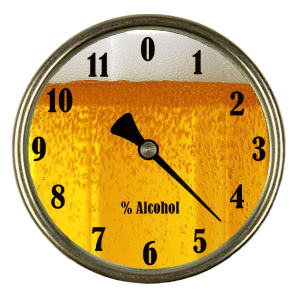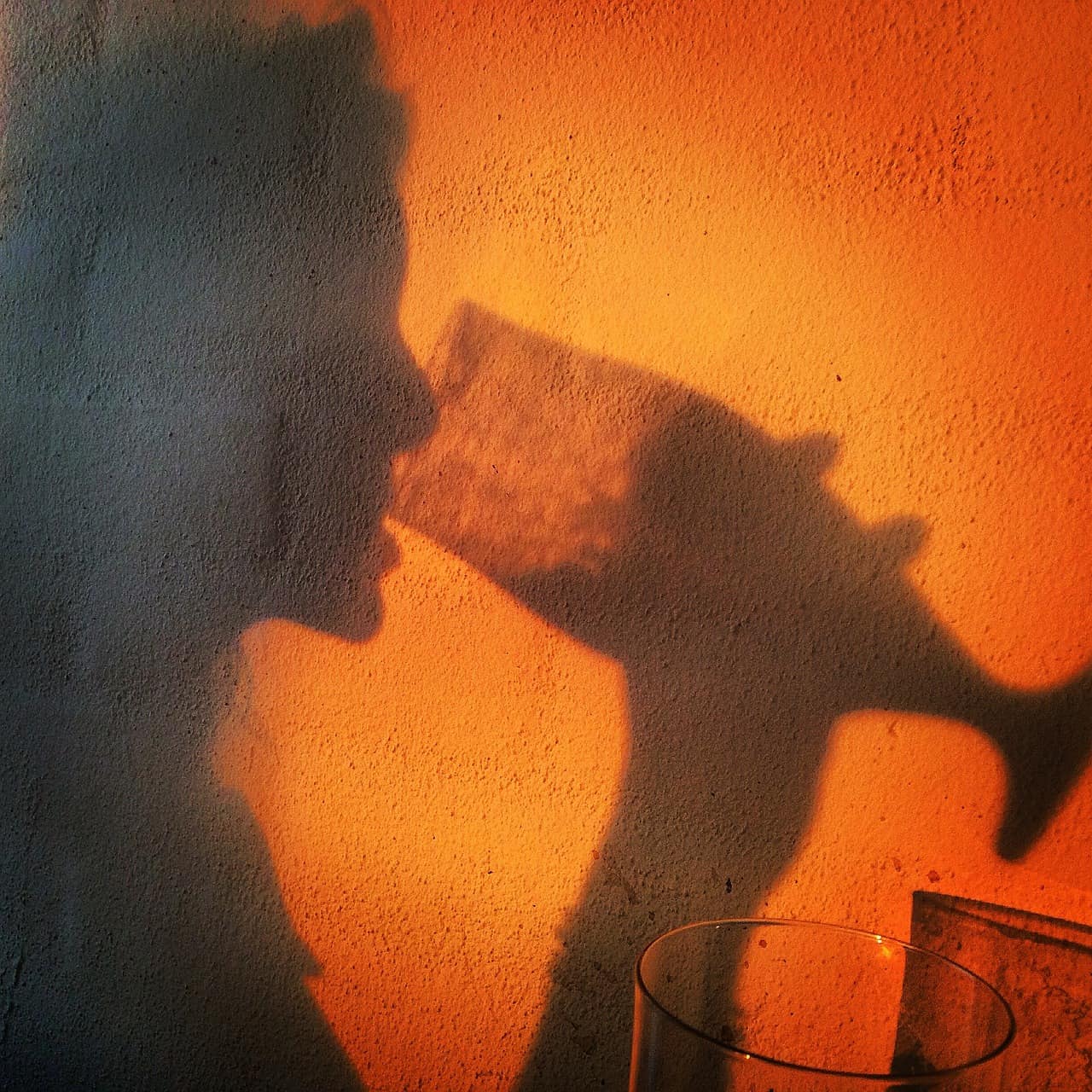 When you have an ignition interlock device, your service provider and technician should always take the time for a full training session regarding how to use the device. You need to learn the proper technique for blowing into the interlock, what to do during a rolling retest, and what to expect when you return for your maintenance and calibration appointments. You might also be curious about the specific ignition interlock alcohol levels that are allowed by the device, in order to keep you on the road without any violations. Sometimes, those alcohol levels are misunderstood, and taken as a way to wiggle around the device and maybe have a drink before driving.
When you have an ignition interlock device, your service provider and technician should always take the time for a full training session regarding how to use the device. You need to learn the proper technique for blowing into the interlock, what to do during a rolling retest, and what to expect when you return for your maintenance and calibration appointments. You might also be curious about the specific ignition interlock alcohol levels that are allowed by the device, in order to keep you on the road without any violations. Sometimes, those alcohol levels are misunderstood, and taken as a way to wiggle around the device and maybe have a drink before driving.
Of course, that would be wrong. When you have an ignition interlock device, the pre-set alcohol levels or limits aren’t there to offer consolation after a DUI. Those alcohol levels are just a way to make sure you aren’t drunk if you plan to drive. In fact, most ignition interlock devices have alcohol levels set to between .02-.025 BAC (blood alcohol concentration) because of mouthwashes, medications or other substances that contain trace amounts of alcohol. This does not mean you should try to stay below the alcohol level of your interlock so you can still drive, especially since your device records your BAC level and after so many .019 readings, your actions will likely be called into question by monitoring authorities.
The alcohol level in your body is detected by your ignition interlock for safety reasons, and so you have a chance to show the court that you regret your DUI decision and are making the right moves to a better life. When you remember that the device is there to keep you from drinking and driving any amount of alcohol, there shouldn’t even be another thought about how much of a drink you can get away with consuming before heading out on the road. You should be most concerned with keeping your promise to remain completely sober when driving.

 It’s Smart to Put a Breathalyzer in Your Car
It’s Smart to Put a Breathalyzer in Your Car
Leave a Reply
You must be logged in to post a comment.